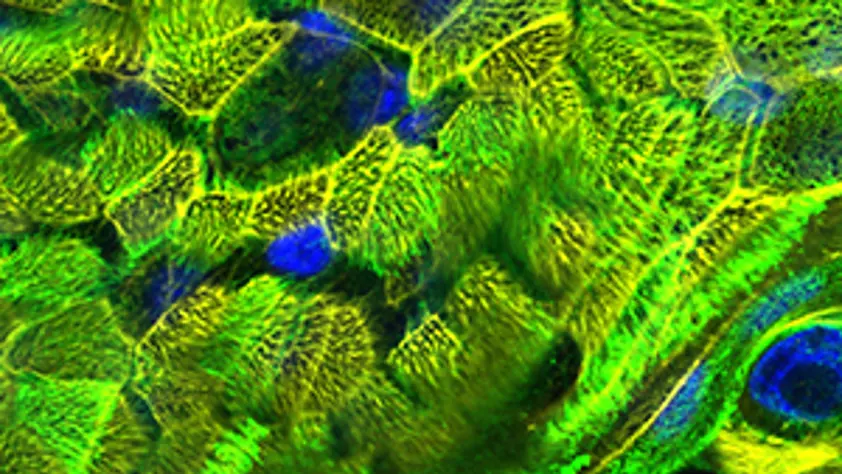Viktoria Zaderer, Martin Hermann, Cornelia Lass-Flörl, Wilfried Posch and Doris Wilflingseder
Abstract
Polarized growth of human-derived respiratory epithelial cells on hydrogel-coated filters offers big advantages concerning detailed experiments with respect to drug screening or host pathogen interactions. Different microscopic approaches, such as confocal analyses and high content screening, help to examine such 3D respiratory samples, resulting in high-resolution pictures and enabling quantitative analyses of high cell numbers. A major problem employing these techniques relates to single-use instead of multiple-use of Transwell filters and difficulties in the digestion of collagen if subsequent analyses are needed. Up to date, cells are seeded in collagen-based matrices to the inner field of Transwell inserts, which makes it impossible to image due to the design of the inserts and hard to perform other analyses since digestion of the collagen matrix also affects Transwell grown cells. To overcome these problems, we optimized culturing conditions for monitoring cell differentiation or repeated dose experiments over a long time period. For this, cells are seeded upside-down to the bottom side of filters within an animal-free cellulose hydrogel. These cells were then grown inverted under static conditions and were differentiated in air-liquid interphase (ALI). Full differentiation of goblet (Normal Human Bronchial Epithelial (NHBE))/Club (small airway epithelia (SAE)) cells and ciliated cells was detected after 12 days in ALI. Inverted cell cultures could then be used for ‘follow-up’ live cell imaging experiments, as well as, flow-cytometric analyses due to easy digestion of the cellulose compared to classical collagen matrices. Additionally, this culture technique also enables easy addition of immune cells, such as dendritic cells (DCs), macrophages, neutrophils, T or B cells alone or in combination, to the inner field of the Transwell to monitor immune cell behavior after repeated respiratory challenge. Our detailed protocol offers the possibility of culturing human primary polarized cells into a fully differentiated, thick epithelium without any animal components over >700 days. Furthermore, this animal-free, inverted system allows investigation of the same inserts, because the complete Transwell can be readily transferred to glass-bottom dishes for live cell imaging analyses and then returned to its original plate for further cultivation.
